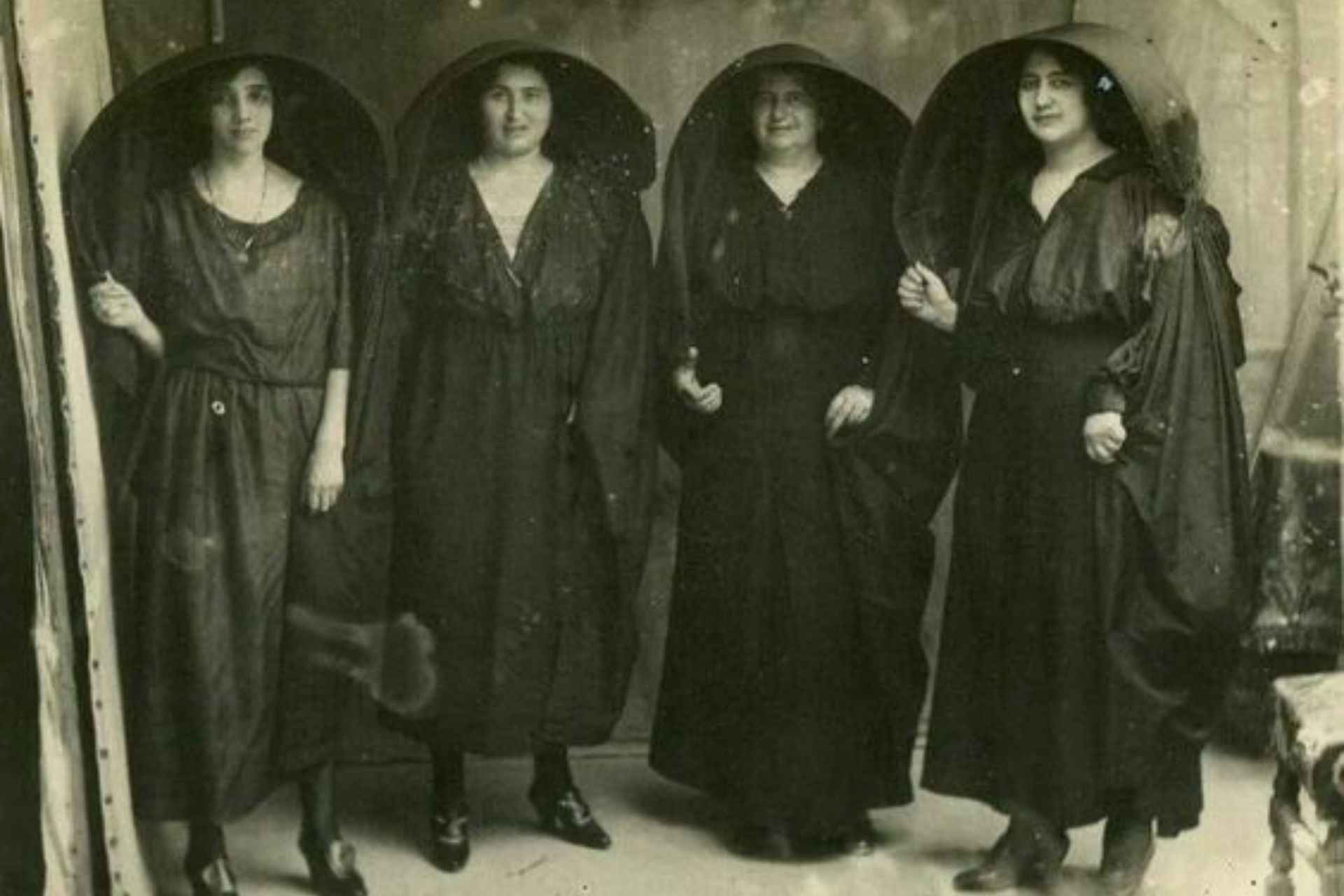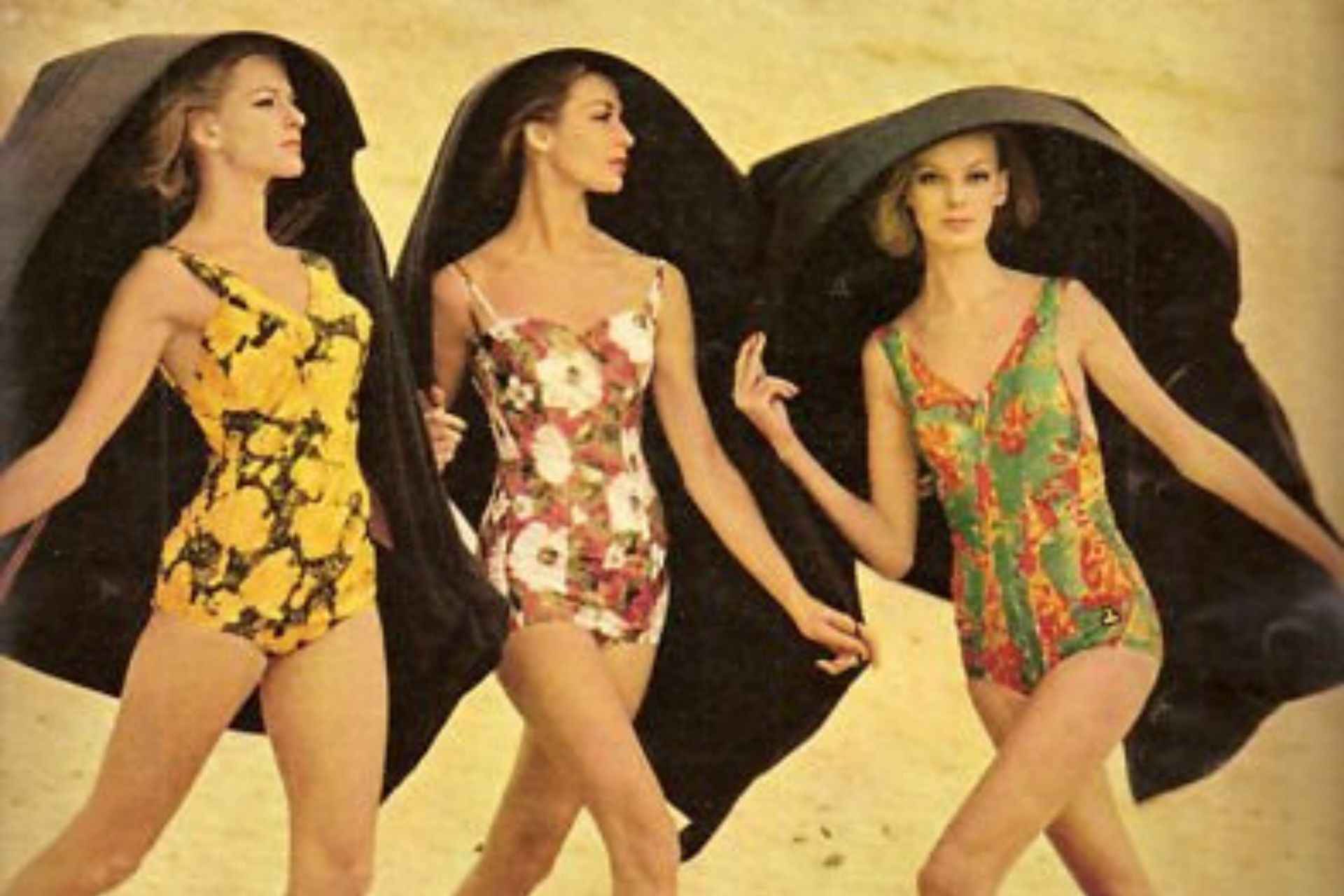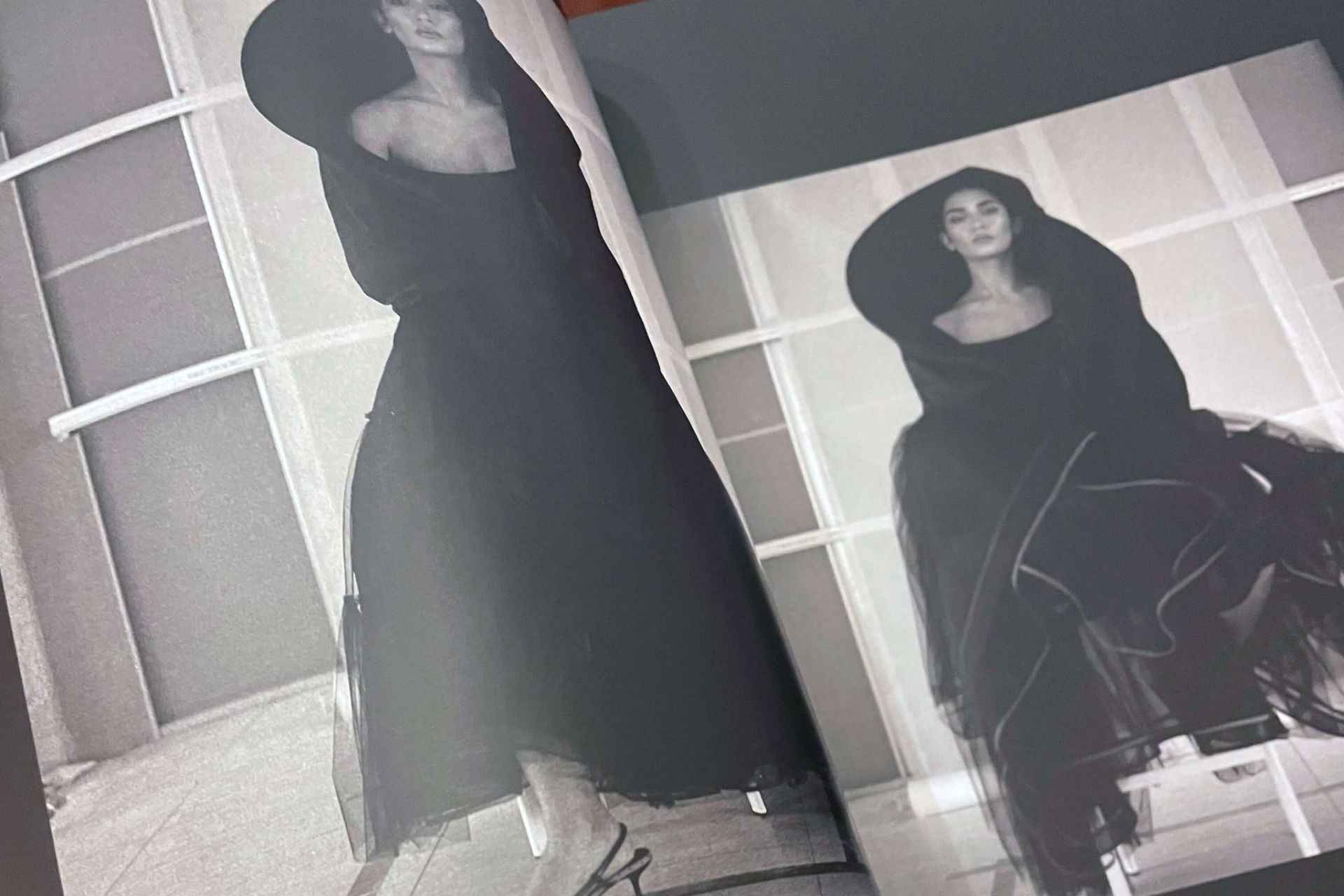L-Ghonnella: Veiled In History From A Fashion Statement To A Bygone Artistry
by Tiziana Micallef

Although it's no longer worn today, the ghonnella (or faldetta) was once an iconic garment among women across Malta and Gozo. This unique headpiece, part shawl, part dress, was, I dare say, a fashion statement that allured many local men and researchers alike who visited the islands centuries ago.
The ghonnella framed women's faces and flowed down to the calves. It did not cover women's faces entirely, creating that sense of charm among admirers wishing to get to know that one lady hiding her eyes behind the ghonnella whenever she felt curious eyes on her. In this article, we'll be looking at the enticing history of the ghonnella, from when it was at the forefront of Maltese fashion until it ended up being spotted simply on souvenir postcards.
A Close Look At The Ghonnella
Generally made with silk or cotton material, the ghonnella consisted of a round, stiff frame made with cardboard, cane or whalebone, covered with a long silk or cotton drape that loosely fell around the wearer's bodice. While walking, women would hold one side of the ghonnella, or both, with their right hand. The ghonnella was a modest garment worn by little girls and women of all ages, practically everywhere and every day. Nonetheless, women didn't have just one ghonnella – especially those who came from wealthy families.
There were typically three types of ghonnella: one was for everyday wear, one was to be worn for Sunday mass, and the other, usually made out of pure silk, was worn for special occasions only, like weddings or the village festa!
An Everyday Fashion Show
There is a misconception that is alive among many and revolves around the colour of the ghonnella or faldetta. Many think that the ghonnella came in just one colour, black or other dark colours, but that was not the case. Among the wealthier households, from the 16th century onwards, the ghenienel (plural of ghonnella) came in white and other bright colours. In fact, it was common to see women of Mdina, Valletta and those living in the area of the Cathedral in Gozo wearing a white ghonnella.
Among the different Maltese and Gozitan villages, the colours of the ghonnella varied too. Mostly in Zabbar, Zejtun and other villages in Southeast Malta, women had their ghonnella or culqana (as it was referred to in those areas) in a dark blue colour with polka dots or white floral embroidery. However, the culqana or xurqana that was worn by peasant women, was not of the same finesse as the ghonnella. The culqana was worn on the head and covered three-quarters of the back and the sides of the wearer's body.

The fabric used for the ghonnella worn by the women of Ghargur was of a dark colour, typically black. There, the ghonnella was referred to as stamina or stamijna. On the opposite side of the colour palette, the ghonnella spotted on women in Gharb, Gozo, featured a stripe of Italian pink—totally fashion avant-gardists!
The Origins Of The Ghonnella
In between history records and interesting legends, the exact day when this fashion attire became part of Malta and Gozo's clothing trends among women, doesn't exist. The ghonnella has been described as a 'Western garment' worn in an Eastern fashion. Among the various views and legends telling about the introduction of the ghonnella, Maltese historians Ciantar and Abela mention its evolution from traditional Sicilian dress, but without the net. A local legend says that in 1224 C.E., the ghonnella came about in Malta as a sign of mourning by women of Celano after losing their husbands. It is said that they were expelled to Sicily and then to Malta on the orders of Frederick II, the Holy Roman Emperor during that time.
Another legend suggests that the ghonnella was adopted in 1798 as women used it to hide away from the advances of Napoleon's troops during the French occupation. Yet another legend says that due to strict church requirements, before Vatican Council II, women had to start veiling their heads before entering a church. Since poorer girls could not afford a cloak or shawl, legend says that they used to put a skirt over their heads, which eventually transformed into the ghonnella. Other speculations consider the ghonnella a vernacular modification of the eastern veil or even a variation of the Spanish mantilla.
Whichever the real origins of the ghonnella, it is certainly unique to Malta and Gozo, and for many years, it became a fashion statement. A fashion garment that had also become an ideal way to hide pregnancies outside of wedlock. The popularity of the ghonnella was widespread, so much so that there was a large number of seamstresses whose main job was to design, cut and sew multiple ghenienel with clients coming from different parts of the islands. Each village had that one go-to seamstress!
Ghonnella Tales From The Past
In an article published by Rafel Bonnici Cali for L-Imnara in 1990, he recalls how Marquis Desain's sister in Hal Tarxien and Countess Sant Fournier in Valletta used to attend mass wearing a black ghonnella with a black dress underneath—a complete suit symbol of high-class status.
Bonnici Cali features a letter sent to the journal by a Maltese living in Canada, Dwardu Zarb. In his detailed narration, Zarb remembers when he once accompanied his grandmother to a very popular seamstress in Hamrun. From agreeing on a price to evaluating the fabric and other accessories, sewing an ghonnella was a delicate process that was taken seriously. At least, until this now-bygone local fashion started its downfall after World War II.
During the 1940s and 1950s the ghonnella was a rare scene – be it because it was uncomfortable and bulky to move around with it on buses and other public transport or because it was becoming dangerous to cross the road without a clear view of the oncoming cars that slowly were filling the streets of Malta and Gozo, the ghonnella started occupying the back row of ladies' wardrobes and substituting it with more contemporary pieces of the time such as hats and bonnets, influenced by the British.

In the 1970s, the older lady members of the Societas Doctrinae Christianae (M.U.S.E.U.M) were those who kept on wearing the ghonnella, as the founder, San Gorg Preca, had wanted them to wear black attire and the black ghonnella. After he died, the ghonnella lost popularity among the Doctrine Christiane members. By the end of the 20th century, the ghonnella was a complete no-show, except for Censa Vella from Victoria, Gozo—the last woman known to have worn the ghonnella until early 1991.

The Ghonnella Today
Today, the ghonnella can only be appreciated by local fashion designers, who, from time to time, get inspired by it to create bespoke pieces. In recent years, the ghonnella with a twist has had a spotlight on it in fashion pageants, fashion shows, and photo sessions. Other than that, one can only appreciate this local fashion heritage in reenactments, cultural events, or exhibitions held every now and then by national organisations or entities.
Want more articles on Malta's heritage? Check out the Culture section on Yellow.



